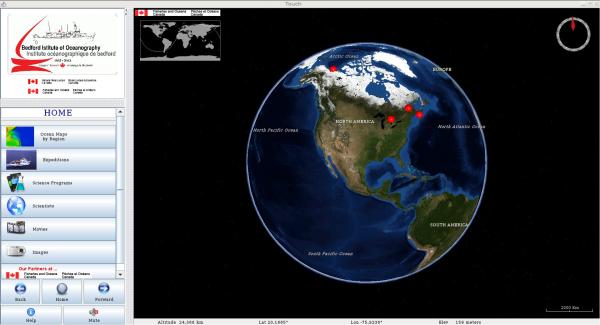
Some of the app's 3D renderings are very highly detailed, but only for a short list of specific places, like Death Valley.Īt this point, though, we can't recommend bothering with World Wind when there are better functioning, more customizable global-mapping programs out there. You can also look beyond Earth to other planets in the solar system. Search Limits: The search result limit is 100 records select a Country, Feature Class, and/or Feature Type to. The Lewis & Clark Trail feature worked, as did the Landmark toggle, the switch from orthographic to topographic renderings, and the Zoom function, so there is hope. To narrow your search area: type in an address or place name, enter coordinates or click the map to define your search area (for advanced map tools, view the help documentation ), and/or choose a date range. No combination of settings could get the real-time weather maps to show up, nor did the Astrobiology Field Guide do anything at all, despite the cool name. More than half of those toolbar functions did not work, or were taking so long to render that we had to move on to other things-like sleep. Less cluttered than Google Earth, with a simple toolbar array of clickable icons that enlarge when you mouse over them, World Wind's promising interface belied too many problems. Unfortunately, it fell flatter than a collapsed playing-card house. EOSDIS makes the agency's large repository of data accessible and freely available to the public. Worldview is part of NASA’s Earth Observing System Data and Information System.

NASA being the big name that it is, we expected its 3D global-imaging program to be made of sterner stuff. The NASA Worldview app provides a satellite's perspective of the planet as it looks today and as it has in the past through daily satellite images.


 0 kommentar(er)
0 kommentar(er)
